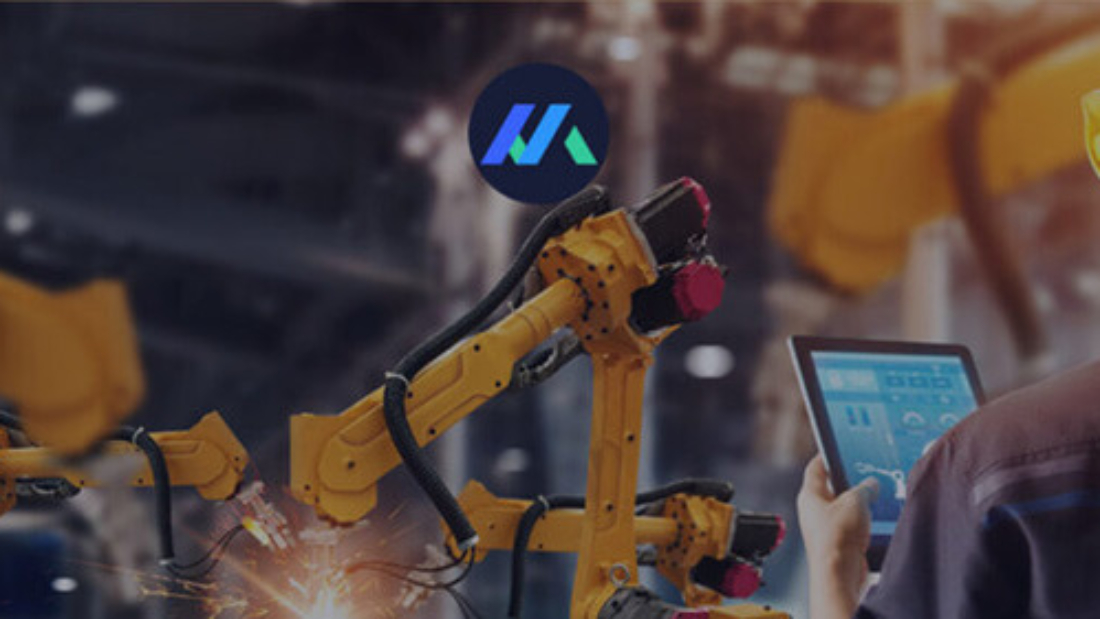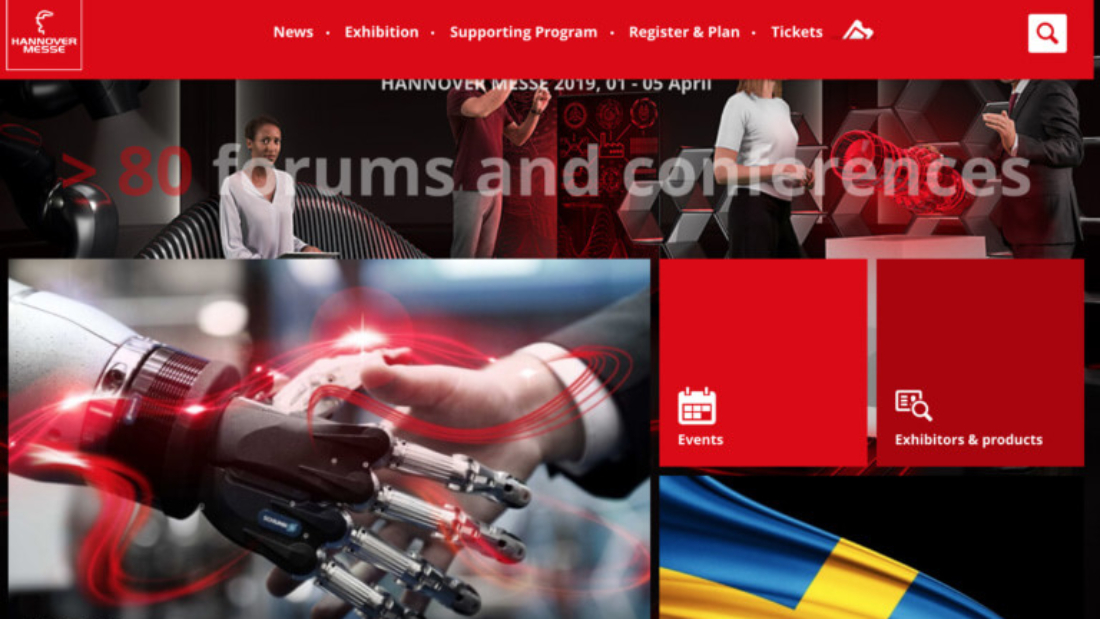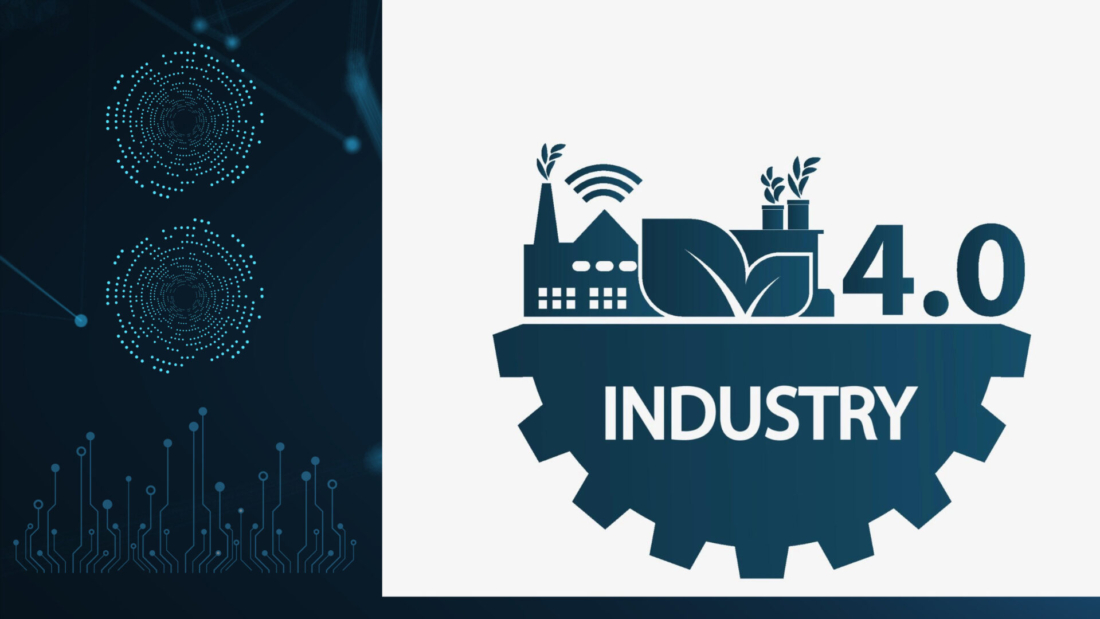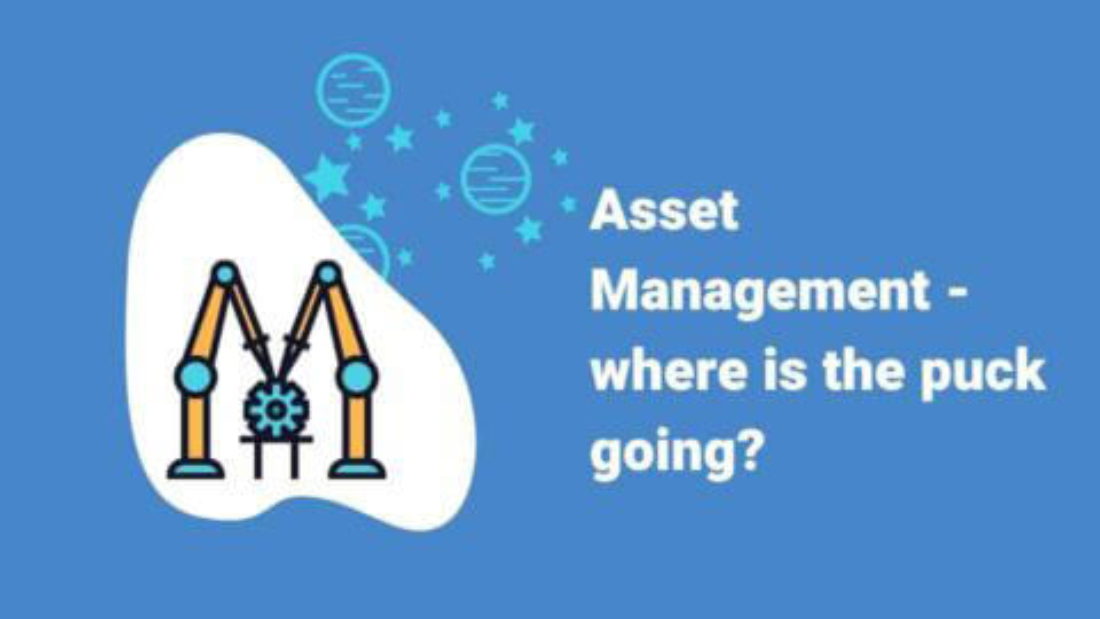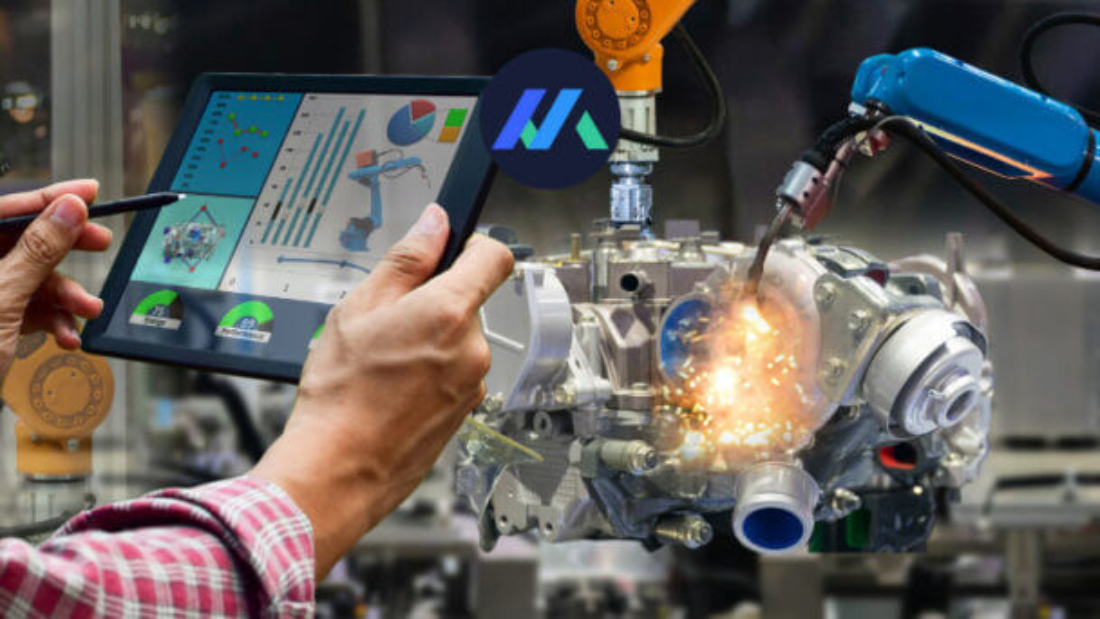The global manufacturing industry is amidst a massive transformation that encompasses the entire supply chain. The previous industrial revolution was a giant step in modernizing the industry, but the impact of Industry 4.0 is seen to be much larger. It is the process whereby the automated industry of Industry 3.0 is geared towards digitization and creating smart industries. It entails the usage of connected assets, IIoT, Digital Twins, Data, Artificial Intelligence, and Advanced Analytics to improve the efficiency, transparency, and consistency of the overall supply chain.
How is Industry 4.0 relevant for India?
- Bridge the Gap between Supply and Demand: The population of India is on an upward growth curve and so is the consumption rate, which tends to rise further each day, thereby putting tremendous demand pressure on the manufacturing industries. At the same time, this increases the gap between demand and production capacity. To bridge this increasing gap and increase productivity, manufacturing in India must adopt newer technologies. Productivity gaps identified by analysis of comprehensive and real-time data from production processes are the first step towards understanding the current state of the systems. This can be further improved through the adoption of predictive and prescriptive technologies.
- Eliminate Waste: Industry 4.0 uses real-time data and artificial intelligence to improve production operations. The real-time data provides updated information about the functioning of the machinery. It helps in optimizing the timing for the purchase and storage of raw materials, thereby eliminating wastage. It also helps in identifying malfunctioning machinery and gives timely information for their maintenance, preventing high wear and tear, and ensuring the best utilization of raw materials. Industry 4.0 is a multi-pronged approach for waste elimination and sustainable production.
- Improve Quality: Before the fourth industrial revolution, the quality check was aimed at maintaining the flaws in the products limited below a certain threshold. The process itself was heavily reliant on the quality check personnel. The data available, even though abundant, was not put to use and stored away for later analysis, which was never performed. But with Industry 4.0, the real-time data provides the exact checkpoints for products, improving quality continuously.
- Enhance Customer Satisfaction: India is a diverse nation. As a result, products have significant variations due to consumer preferences. Multiple factors such as culture, age, language give rise to ever-changing and evolving consumer preferences in the same time-space. This poses a challenge to manufacturers to produce personalized products. Demand for personalized products is growing – and appears to stick on. We all seem to want products personalized and right-sized to fit our preferences, personalities, and lifestyles. This is a trend that OEMs can’t afford to ignore. Manufacturers must implement strategies to meet this new demand for customization. Industry 4.0 technologies lead in the direction of agile, small-batch, personalized manufacturing, to deliver products customized to specific consumer personalization requirements, thereby enhancing customer satisfaction.
- Increase collaboration among manufacturers, startups, and research institutions: Industry 4.0 relies heavily on the knowledge workforce. Its success is driven by active collaboration among manufacturers, researchers, and startups. India, with its technology boom and the startup ecosystem, already has a skilled workforce to cater to the needs of innovation in the manufacturing supply chain. At the same time, there is also plenty of active research in technologies like Computer Vision, Artificial Intelligence, Process Optimization, and such. Bringing together startup innovation and advanced research can deliver immense value to the adoption of Industry 4.0 in the manufacturing supply chain in the country. This collaboration will also diversify the economic base of the nation.
- How can Makoro™ help?
MakoroTM drives process optimization in the manufacturing supply chain by delivering continuous intelligence through Makoro™ Mind, the data-driven core which leverages IoT, Digital Twin, AI, and advanced analytics to recommend solutions that make assets perform better.
Moreover, Makoro™ leverages customer’s existing infrastructure (without any bias for Edge, Cloud, or On-Premise). It deploys seamlessly across customer’s existing private/public/hybrid cloud, on-premise, and edge systems.
The Recommendations Dashboard demonstrates the continuous value of Makoro™ to customer’s processes, correlating asset, maintenance, and workforce metrics in real-time with sentiment, acceptance, confidence, and relevance of recommendations.
Take our 10 day outcome challenge and see the results.


